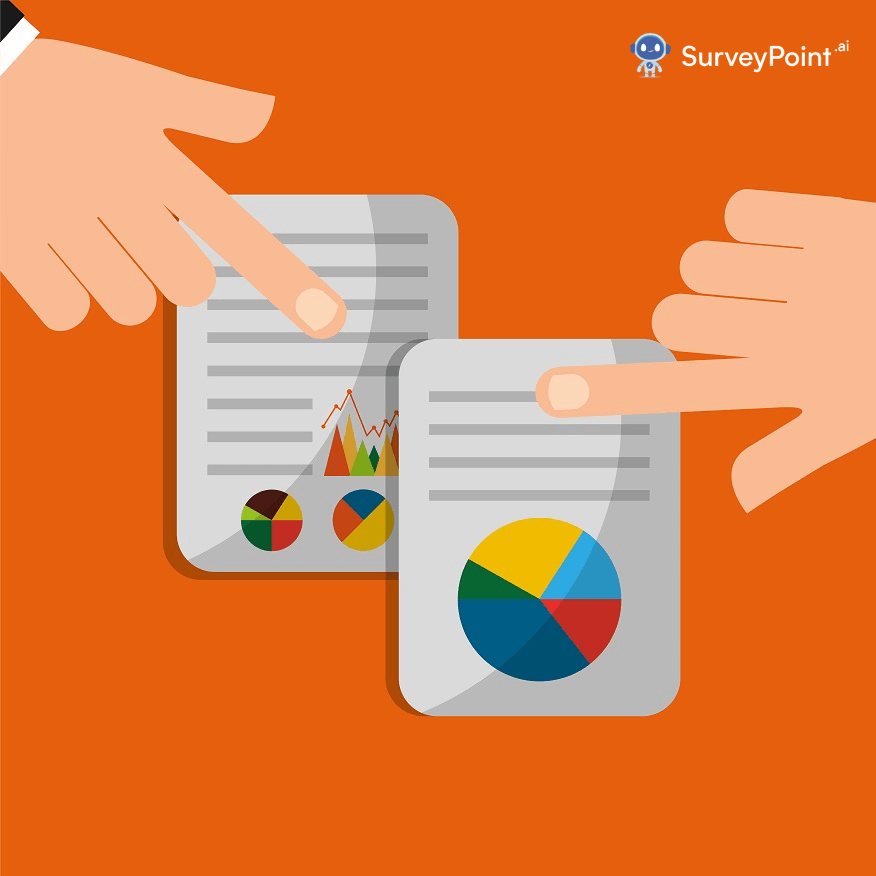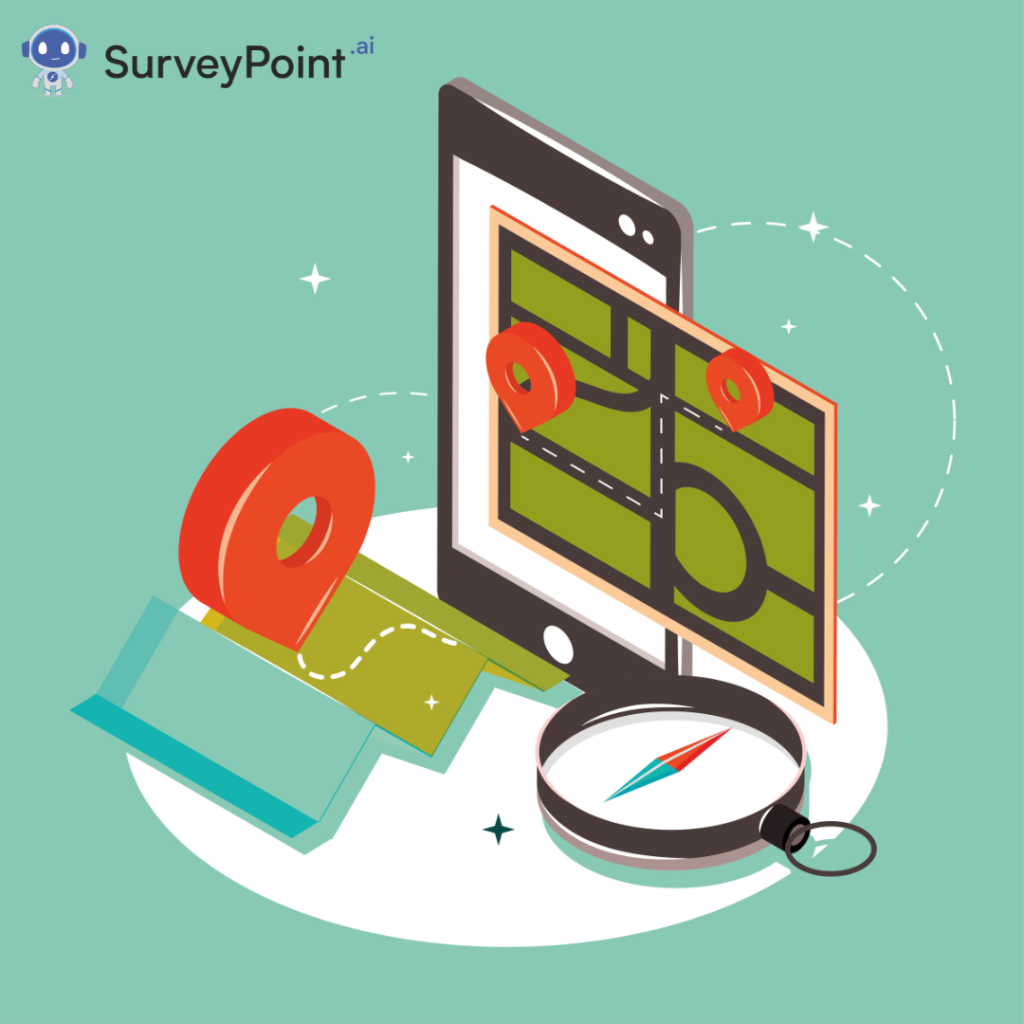
Research methodology is like a treasure map that helps researchers navigate the vast sea of information and find the hidden gems of knowledge. It’s a set of tools and techniques that guide the research methodology and ensure that the findings are valid, reliable, and trustworthy.
This blog addresses questions related to research methodology and its type, as well as how to choose the right approach.
What is Research Methodology?
Simply said, research methodology is the ‘how’ research is conducted. It is a crucial aspect of running any research study, whether it be in the fields of science, social sciences, or humanities. Statistical methods are used to gather, analyze, and interpret data so researchers can answer questions or test hypotheses.
For instance, how did the researcher arrive at these conclusions:
- Data to be gathered (and ignoring irrelevant data)
- From whom should it be provided?
- Information gathering techniques
- What to analyze it with (in other words, ‘data analysis methodologies’)
Almost any formal piece of research, whether a dissertation, doctoral dissertation, academic journal article, thesis, or any other piece of formal writing, contains a section on research methods. Furthermore, a powerful methodology section in a thesis or doctoral dissertation demonstrates the rationale behind the choices made in terms of methodology.
Instead, the research technique should back up the design choices by showing how these methods best accomplish the study’s goals and generate reliable, precise data.
Strong research methodology yields scientifically supported conclusions, but poor methodologies do not.
Different Research Methodology
Depending on whether they emphasize words, figures, or occasionally both, research methodologies can be classified as:
- qualitative,
- quantitative, or
- mixed-methods
Qualitative research concentrates on collecting and studying words and textual data. In contrast, the quantitative analysis concentrates on measuring and evaluating using numerical data (whether they are written or spoken).
Additionally, qualitative research can focus on lighter data variables like body expression or graphic elements.
An exploratory nature to the research’s goals and objectives often calls for using a qualitative technique. For instance, qualitative methods may be used to examine how people feel about a presidential candidate or an event that took place.
Some examples of qualitative research techniques are:
- Individual Interview
- The focus groups
- Ethnographic research
- Text Evaluation
- A case study
Quantitative approaches work with statistics and quantifiable forms. It employs a systematic approach to looking into data or events. Essentially, it solves issues related to the justification of connections between quantifiable factors and a given event to either explain, predict, or control it.
Quantitative techniques can take the following forms:
- survey data
- descriptive research
- correlational analysis
It is imperative to consider that this information is only worthwhile if it can be trusted to be accurate and valid. A decline in sales and consumer attrition can arise from inaccurate data.
In order to integrate viewpoints and create a great image, the mixed-method methodology, as you might have surmised, seeks to combine the best elements of qualitative and quantitative methods.
RELATED: Getting Feedback That Matters: Crafting User Experience Surveys
What is the Primary Sample Design Perspective?
Despite a large number of sample alternatives, probability and non-probability sampling are the two most common types of sampling design.
When using probability sampling, you choose a subset from the population—the people you are interested in—completely at random. You used a completely random sample, so the results of your research can be applied to the entire population.
To put it another way, gathering information from the entire group is unnecessary because you can predict consistent results across the board (which is often not feasible for a large crowd).
Unlike probability sampling, non-probability sampling uses a random selection process. Instead of a truly random sample, convenience sampling would involve contacting or surveying people you know (which may be difficult due to resource constraints).
Non-probability selection frequently yields results that are difficult to generalize.
Maximizing Data Quality: Primary Data Collection Methods
The research methodology you can use to gather data for your study is numerous. Nonetheless, the following types can be used to classify these choices:
- Interviews (which can be unstructured, semi-structured or planned)
- Focus groups and group discussions/interviews
- Surveys (online or physical questionnaires)
- Observations
- Documents and Documents
- Case studies
The method you use to collect data will depend on your overall study goals, objectives, practical factors, and resource constraints. For instance, qualitative methods like focus groups and interviews will probably be effective if your study has an investigative approach.
In contrast, when measuring specific variables or testable theories, you would probably benefit from large surveys that produce significant quantities of statistical information.
Conclusion
Your research goals and objectives will significantly influence your research technique. So, before making methodological choices, step back and think about the overall context of your study. This will be the basis for developing your study methodology.
Does your study come under experimental or conclusive research – it should be the first factor you decide.
Your research will likely be qualitative if your primary goals and objectives are experimental. Hence, consider qualitative data gathering and analysis methods like interviews.
Your research will likely be quantitative if you’re trying to measure or test something. You can gather data from surveys and other quantitative techniques like statistical analysis. This approach works best when you have clear objectives you want to confirm.
Learn to work smarter, not harder!
Explore our solutions that help researchers collect accurate insights, boost ROI, and retain respondents.
Free Trial • No Payment Details Required • Cancel Anytime




